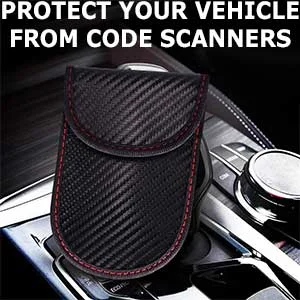@Waynerm002 you killed your car and that HURTS me, a lot. I am not being critical of you personally. But I don't want this to be dropped as some kind of comparison of tires being the answer to a future situation. So please stay with me on this:
Nobody can replicate your accident and win an argument here. The tree won the "argument".



I know that talking about tires is tangential to the reality; which is speed. You were going too fast. I'm not sorry to keep insisting on this. Your new car with winter tires is not going to skid proof you. If you go too fast you'll lose another argument with another tree.
You were going too fast for these tires in those conditions. And you did not know it till too late. How can you argue against this? "Ah slipped up", is never removed from any driver's "repertoire" of reasons for an accident. Decades of winter driving experience won't change a thing.
Pointing out other A/Ss that grip better than these tires is pointless. Tires are not created equal. So it behooves the driver to find out how a new (unfamiliar) set of tires behave before being able to say, "I wasn't over-driving the conditions."
Quite possibly your rehearsal of experiences with other cars and A/S and winter tires is actually contributory to your not getting a feel for the Nitto Motivos. You have
too much experience! Your expectations going in were higher than these tires on this car would allow, but now you know.
And now I know to be even more careful than I was being.
The tires don't have a weakness: they have a capability. Once I know what that is (and I have a pretty good "grip" on that by now


), I will have pushed them too far, if I discover this on the open road (an ice rink or empty parking lot could prove useful, as always). I have yet to drive on solid ice; or up and down hills on fresh snow. Knowing this lack will make me very cautious when these conditions occur.
Of course I can slip up too; find myself going too fast for existing conditions: but only if I drive too fast or take a road I ought to sensibly avoid in the first place. There are downhill stretches around here that I would not try on anything less than studded tires, and even then with trepidation. Winter driving eliminates some routes. Period.
Finally: thank you very, very much for sharing your unfortunate experience. We should all be inclined to be better drivers because of what we can all learn from this.





